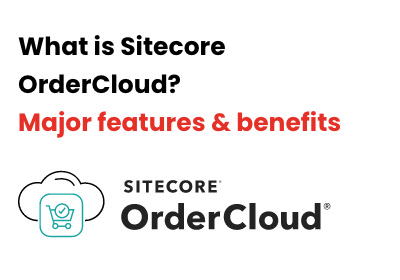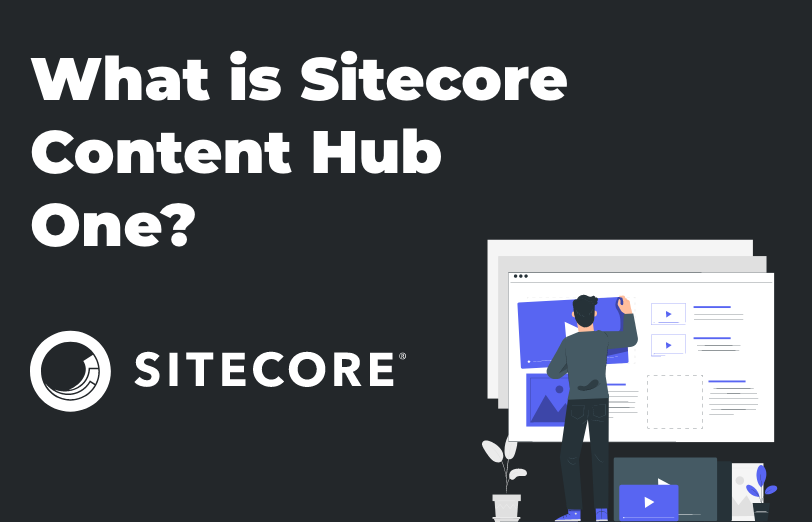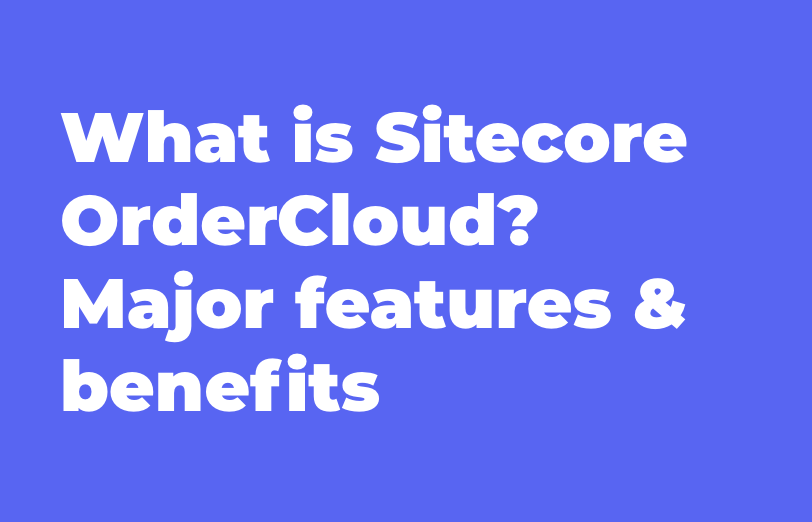What is Sitecore multisite management? It is a feature that allows organizations to manage and
maintain multiple websites within a single Sitecore instance. It provides a centralized platform
to control and deploy content, making it an ideal solution for businesses with diverse digital
needs.
Sitecore multisite management extends these capabilities to accommodate scenarios where an
organization needs to run and maintain multiple websites, often with distinct branding, content,
and functionality, all under the same Sitecore environment.
In this blog, we will explore a strategic approach towards Sitecore multisite management,
understand what benefits it has to offer, and what the best practices would be.
Key components of Sitecore multisite management
Root and Hostnames
Sitecore allows the creation of multiple sites within a single instance, each with its own root
and hostname. This enables the separation of content and presentation for different websites.
Shared Content
While each site can have its unique content, Sitecore facilitates the sharing of common content
across multiple sites, ensuring consistency and efficiency in content management.
Separate Databases
Multisite management in Sitecore involves using separate databases for each site, ensuring data
isolation and performance optimization.
What are the strategic benefits of Sitecore multisite
management?
-
Efficient Content Authoring
Multisite management streamlines content authoring processes, allowing marketers and
content creators to work within a unified environment. This results in increased
efficiency and consistency across all digital properties.
-
Economical and Cost-effective
Managing multiple websites within a single Sitecore instance minimizes infrastructure and
operational costs. It eliminates the need for separate instances for each site, reducing
complexity and resource overhead.
-
Brand Consistency
With Sitecore multisite management, your organization can ensure there is a consistent
brand experience across all websites. Shared templates, styles, and components
contribute to a cohesive brand identity.
-
Scalability and Flexibility
As your business grows, Sitecore multisite management provides the flexibility to add new
websites seamlessly. This scalability is crucial for enterprises with evolving digital
strategies.
-
Analytics and Personalization
Multisite management simplifies the process of gathering and analyzing data. Centralized
analytics enable organizations to gain insights into user behavior across all their
websites from a single dashboard.
Sitecore is also known for its very powerful personalization features. They can be
applied across multiple sites, allowing organizations to tailor content and user
experiences based on a unified understanding of visitor behavior.
Best practices for Sitecore multisite management
-
Establish content ownership
You must clearly define content ownership and responsibilities for each site. This will
ensure that the content is managed efficiently and that the updates align perfectly with
your overall digital strategy.
-
Create components that are reusable
Standardize templates and create reusable components to ensure consistency across sites.
This simplifies the development process and facilitates a unified user experience.
-
Conduct comprehensive testing
You must implement thorough testing procedures for each site individually as well as
collectively. This includes functional testing, performance testing, and security
testing to identify and address potential issues.
Along with this, you must conduct regular audits of each site to identify outdated
content, broken links, or any inconsistencies. You should also implement monitoring
tools to proactively address issues and ensure optimal site performance.
-
Future-proof the architecture
As an organization, you must plan for scalability for your business from the beginning. A
well-designed architecture can accommodate the addition of new sites without significant
disruptions or performance issues.
-
Role-based access controls and security protocols
You must implement role-based access controls for managing user access and permissions
with efficiency. When you regularly review and update security protocols, you can
protect sensitive data across all the websites.
Conclusion
Sitecore Multisite Management is a powerful tool for organizations seeking to manage multiple
websites efficiently and strategically.
By embracing a clear governance model, standardizing templates and components, and implementing
best practices, organizations can unlock the full potential of Sitecore's multisite
capabilities.
The benefits of unified content management, cost efficiency, consistent branding, scalability,
and streamlined analytics make Sitecore Multisite Management a strategic approach for
enterprises navigating the complexities of the digital landscape.
With the right strategy and execution, organizations can leverage Sitecore to create a cohesive
and engaging online presence across their diverse digital properties.
If you are seeking a Sitecore development
company to strategize and unlock the complete potential
of this tool for your business, reach out to Addact Technologies.
BACK TO SERVICE LIST
Sitecore Module Development Add new features, extend new features, or even replace, supplement and provide new functionality to Sitecore. Sitecore CMP & MRM Through the Sitecore CMP & MRM, drive execution, workflow, operations and processes of your entire marketing team. Sitecore Ordercloud Create a dynamic eCommerce platform and future-proof your business for B2B, B2C, B2X or any other marketplace business model. Sitecore Discover Provide real-time, personalized search results and recommendations for every individual shopper, all in one place.
MAIN MENU














